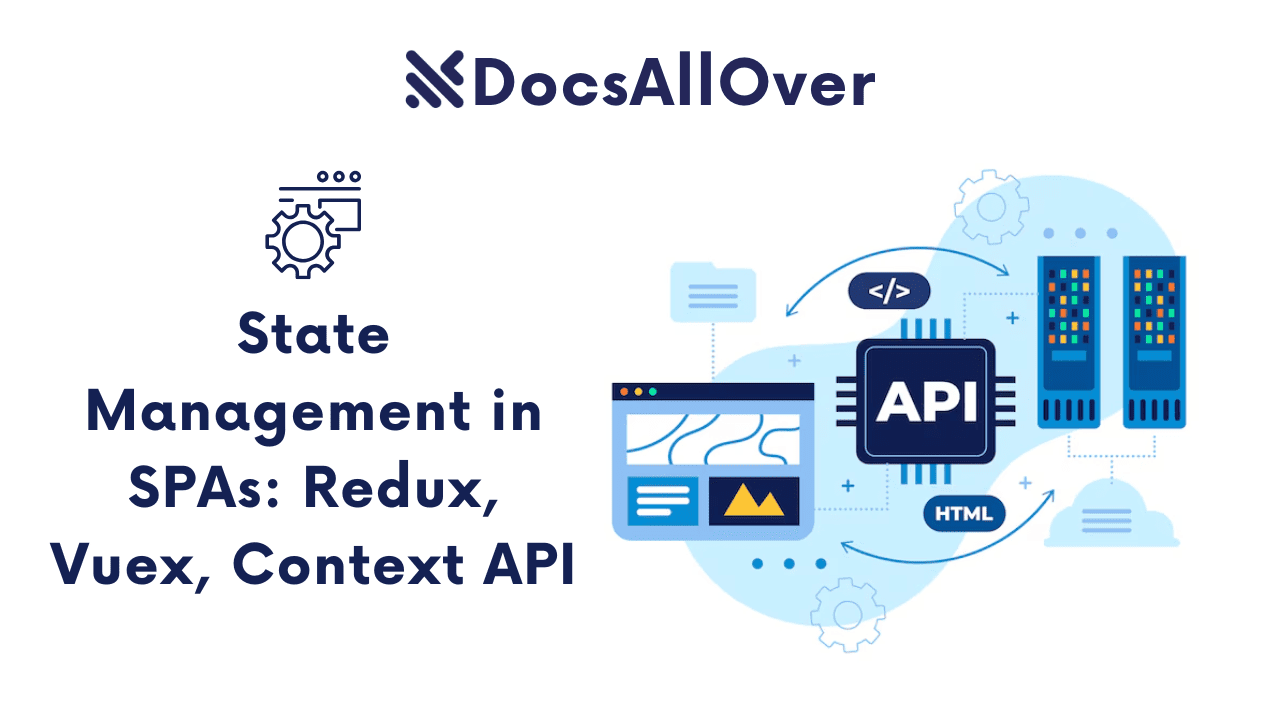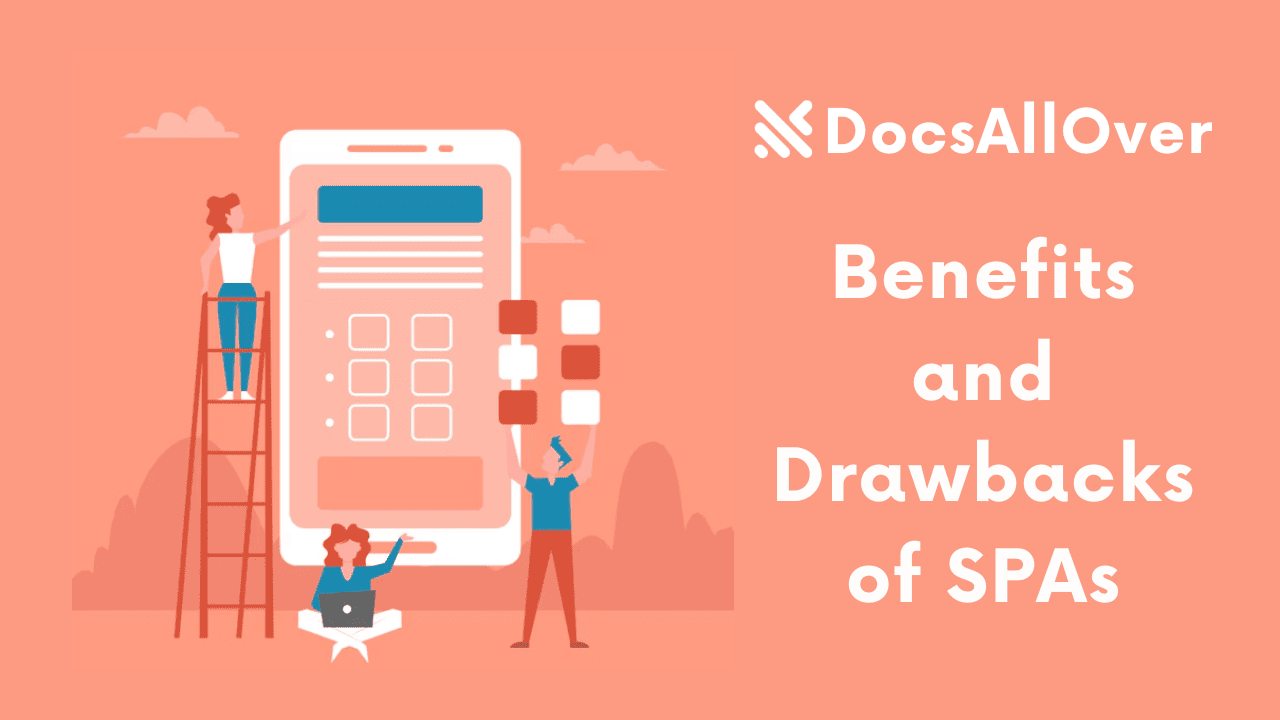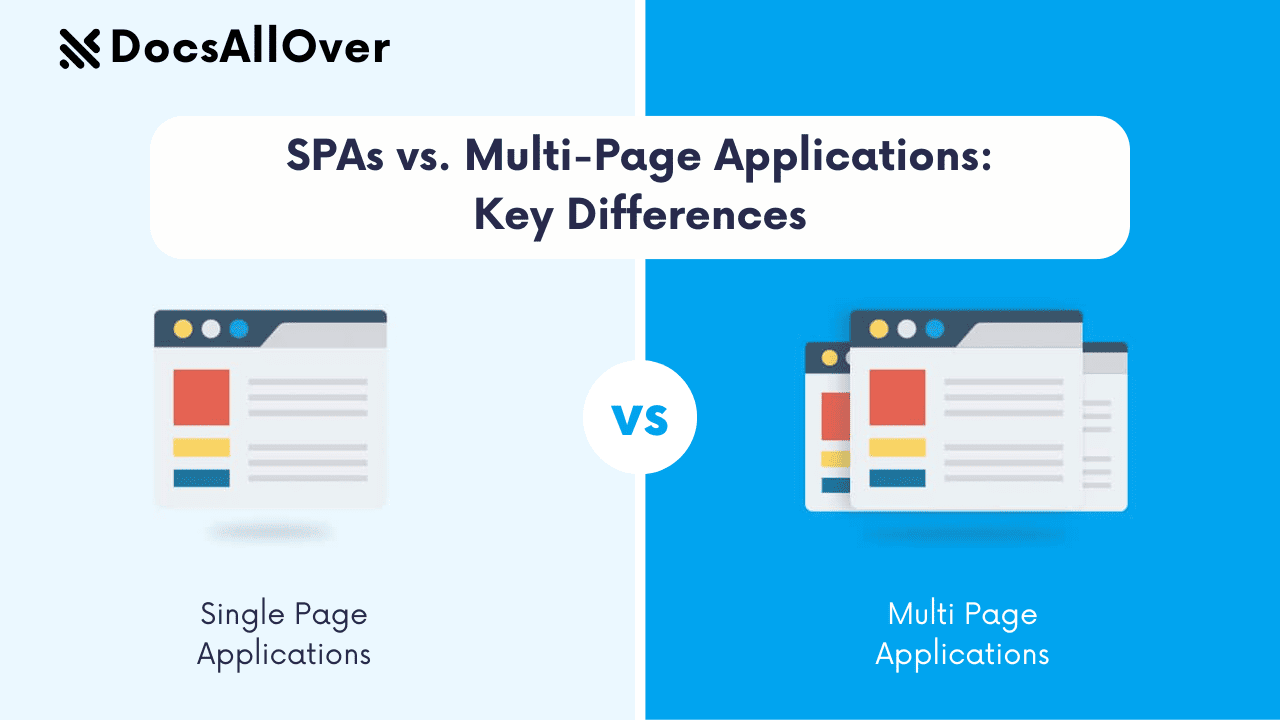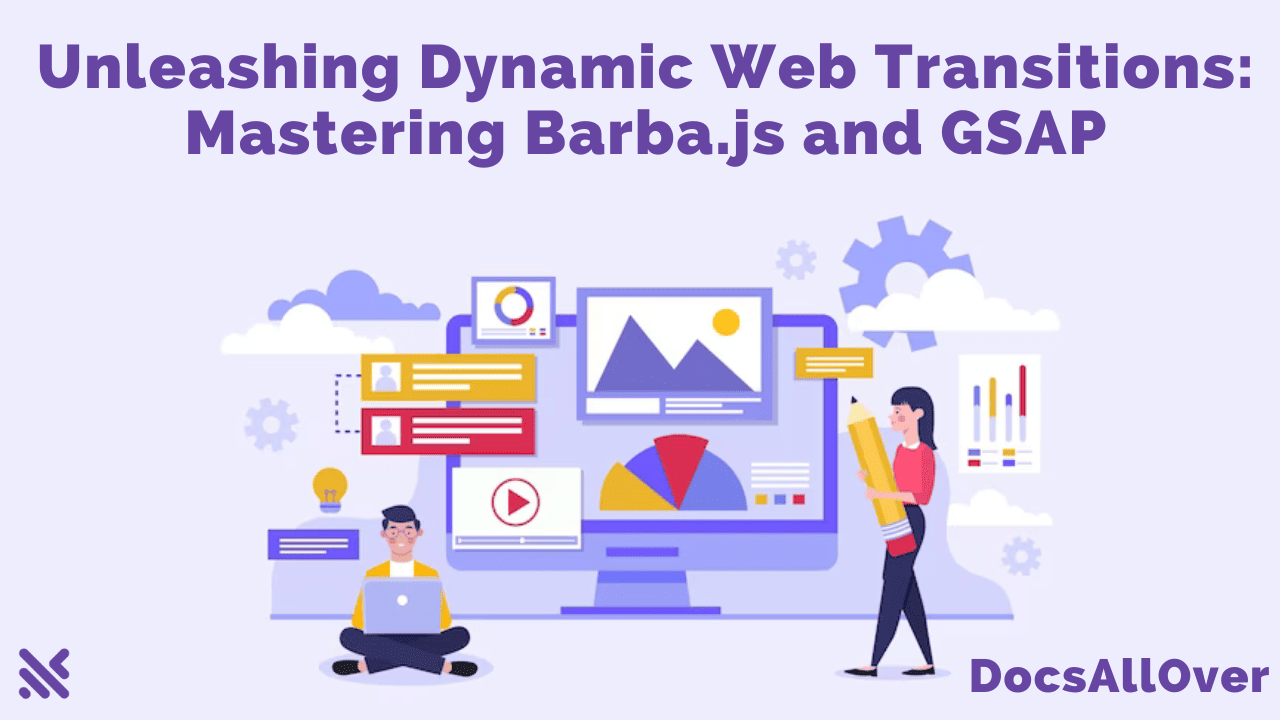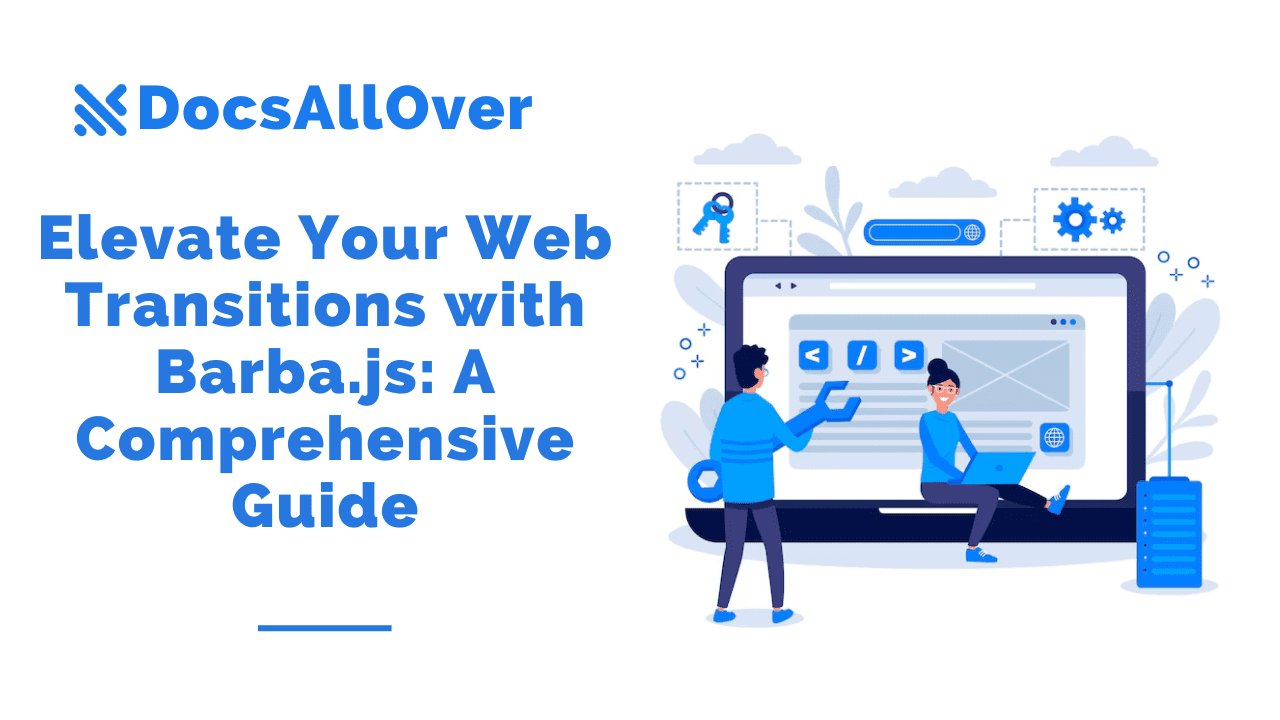Elevate Your Web App with Single-Page Applications (SPAs)

Are you tired of waiting for web pages to load every time you navigate? Say goodbye to those frustrating delays and embrace the power of Single-Page Applications (SPAs). SPAs revolutionize the way we build web apps, providing a seamless and responsive user experience.
Traditionally, when users navigate through a website, each new page requires a full page reload. This process can be time-consuming and disrupt the flow of interaction. SPAs, on the other hand, load all the necessary resources upfront and dynamically update the content as users interact with the app.
One of the key advantages of SPAs is improved performance. By minimizing page reloads, SPAs significantly reduce latency, resulting in faster and more efficient web apps. Users can seamlessly navigate through different sections of the app without interruptions, enhancing their overall experience.
Another benefit of SPAs is their ability to handle complex user interactions. With traditional web apps, forms often require a full page reload after submitting data. SPAs, however, can handle form submissions asynchronously, without disrupting the user's current view. This makes the app feel more interactive and responsive.
What is Page-load barrier ?
The page-load barrier is the delay that users experience while waiting for a web page to load. It is the time between when a user clicks on a link and when the page is fully rendered and interactive.
The page-load barrier can be a major source of frustration for users, and it can also have a negative impact on your business. A study by Google found that a one-second delay in page load time can lead to an 7% decrease in conversions.
There are a number of factors that can contribute to the page-load barrier, including:
- The size and complexity of the page
- The number and type of resources that the page needs to load
- The speed of the user's internet connection
- The performance of the web server
There are a number of things that you can do to reduce the page-load barrier, including:
- Minify and compress your JavaScript, CSS, and HTML files
- Optimize your images
- Use a content delivery network (CDN) to serve your static assets
- Use a caching plugin to store frequently accessed data in the user's browser
- Use a web performance testing tool to identify and fix performance bottlenecks
Breaking the page-load barrier
In recent years, there has been a growing trend towards developing single-page applications (SPAs). SPAs are web applications that load a single HTML page and then dynamically update the content of that page as the user interacts with the app.
SPAs can break the page-load barrier by providing a seamless user experience without the need to reload the page. This is because SPAs use JavaScript to update the content of the page without reloading it.
SPAs are becoming increasingly popular, and they are now used by some of the biggest websites in the world, such as Google, Facebook, and Twitter.
Benefits of SPAs to break the page-load barrier:
- Improved user experience: SPAs can provide a much smoother and more responsive user experience than traditional web apps.
- Reduced development costs: SPAs can be developed and maintained more efficiently than traditional web apps.
- Improved SEO: SPAs can be more SEO-friendly than traditional web apps because they only have a single URL.
However, there are also some challenges to using SPAs to break the page-load barrier:
- Complexity: SPAs can be more complex to develop and maintain than traditional web apps.
- Performance: SPAs can have performance issues if they are not designed and implemented correctly.
- SEO: SPAs can be more difficult to optimize for search engines than traditional web apps.
SPAs can be a great way to break the page-load barrier and improve the user experience of your web app. However, it is important to carefully consider the benefits and challenges of using SPAs before deciding whether or not to use them in your project.
Now, let's dive into some programming language examples that demonstrate the power of SPAs. One popular framework for building SPAs is ReactJS. ReactJS allows developers to create reusable UI components and efficiently update the user interface based on data changes. Its virtual DOM (Document Object Model) enables fast rendering, making it ideal for building high-performance SPAs.
Another notable framework is Angular. Angular provides a comprehensive toolkit for building SPAs, offering features like data binding, dependency injection, and routing. With Angular, developers can create robust and scalable web apps that deliver a seamless user experience
Vue.js is yet another powerful framework for SPAs. It combines simplicity and performance, making it a popular choice among developers. Vue.js offers reactive data binding, component-based architecture, and smooth transitions, allowing developers to build engaging and responsive SPAs.
How SPAs work ?
Single-page applications (SPAs) are web applications that load a single HTML page and then dynamically update the content of that page as the user interacts with the app. This approach has several advantages over traditional web apps, including faster page load times, a smoother user experience, and improved responsiveness.
SPAs use a variety of technologies to achieve their dynamic behavior, including:
- JavaScript: JavaScript is used to update the content of the SPA without reloading the page. For example, JavaScript can be used to change the text of a paragraph, add or remove elements from the page, or update the contents of a table.
- AJAX: AJAX is used to asynchronously fetch data from the server without reloading the page. This allows SPAs to update their content without interrupting the user experience. For example, an SPA might use AJAX to fetch new data from the server when the user clicks a button or scrolls to the bottom of a page.
- Routing: Routing is used to manage the different states of the SPA and to display the appropriate content for each state. For example, a social media SPA might have different states for displaying the user's feed, their profile, and their messages.
Here is a simplified example of how an SPA might work:
- The user loads the SPA's initial HTML page.
- The SPA's JavaScript code loads the necessary data from the server using AJAX.
- The SPA's JavaScript code updates the content of the page with the fetched data.
- The user interacts with the SPA by clicking buttons, scrolling, etc.
- The SPA's JavaScript code handles the user's interaction and updates the content of the page accordingly.
- The SPA repeats steps 4 and 5 until the user closes the app.
When to use SPAs
SPAs are a good choice for web apps that require a fast and responsive user experience, such as social media apps, e-commerce apps, and productivity apps.
However, SPAs are not a good choice for all web apps. For example, SPAs are not well-suited for web apps that require a lot of server-side processing, such as web apps that generate complex dynamic content.
Differences between traditional web apps and SPAs
A traditional web app is a web application that loads a new HTML page for every user interaction. This can lead to noticeable delays, especially on mobile devices or devices with slow internet connections.
A single-page application (SPA) is a web application that loads a single HTML page and then dynamically updates the content of that page as the user interacts with the app. This approach has several advantages over traditional web apps, including:
- Faster page load times
- Smoother user experience
- Improved responsiveness

Image Source:Medium
SPAs use a variety of technologies to achieve their dynamic behavior, including JavaScript, AJAX, and routing.
Here is a table that summarizes the key differences between traditional web apps and SPAs:
| Feature | Traditional Web App | Single-Page Application (SPA) |
|---|---|---|
| Page load times | Slow | Fast |
| User experience | Can be interrupted by page loads | Smooth and responsive |
| Responsiveness | Can be less responsive due to page loads | More responsive |
| Development costs | Can be more expensive to develop and maintain | Can be less expensive to develop and maintain |
| SEO | Can be more SEO-friendly | Can be more difficult to optimize for SEO |
| When to use | Well-suited for web apps that do not require a fast or responsive user experience, or that require a lot of server-side processing | Well-suited for web apps that require a fast and responsive user experience |
if you're looking to elevate your web app and break the page-load barrier, Single-Page Applications (SPAs) are the way to go. By minimizing page reloads, improving performance, and enhancing user interactivity, SPAs provide a seamless and enjoyable user experience. Consider leveraging frameworks like ReactJS, Angular, or Vue.js to unlock the full potential of SPAs in your web development projects.
Remember, with SPAs, you can create web apps that are faster, more engaging, and elevate the overall user experience. So why wait? Embrace SPAs and take your web app to new heights!


